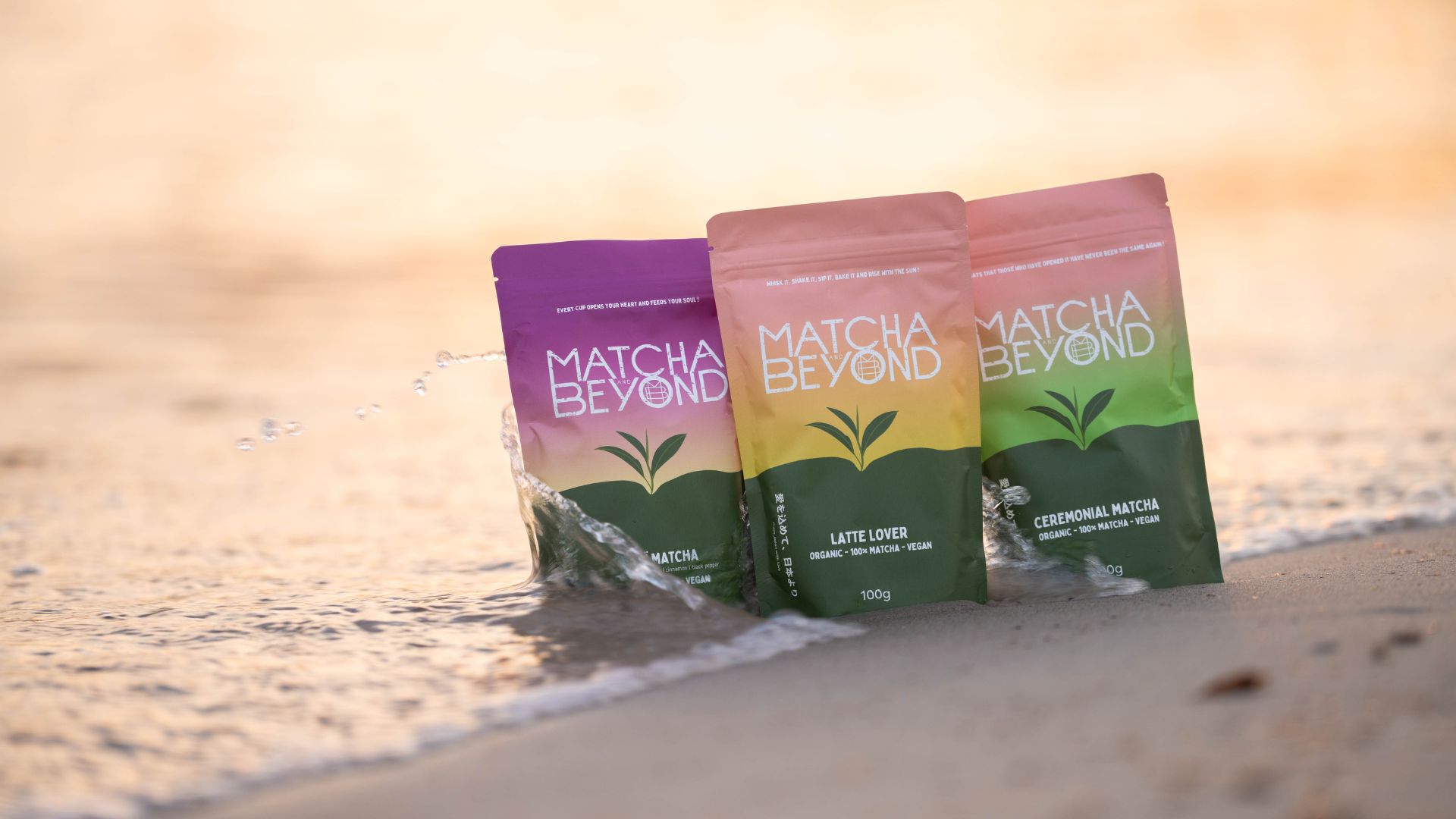Why Cafés & Foodservices Should Be Adding Matcha to Their Offerings
In today’s ever-evolving food and beverage landscape, one thing is clear: matcha is no longer a passing trend—it's a must-have. From wellness-focused consumers to specialty café regulars, demand for this vibrant green tea powder continues to grow. For hospitality businesses , adding matcha to their range isn’t just a nice-to-have, it’s a strategic move.
Health-Conscious Customers Are Actively Seeking Alternatives
More and more people are looking for functional, clean-label alternatives to their usual caffeine fix. Matcha offers exactly that:
- A natural energy boost without the jitters or crash of coffee
- High levels of antioxidants, including EGCG
- Support for focus, metabolism, and calm alertness, thanks to L-theanine
Whether they’re cutting back on coffee or simply seeking something new, customers are looking for options and matcha delivers both flavour and function.
It’s a Perfect Fit for the Specialty Café Experience
Much like specialty coffee, high-quality matcha is an artisanal product, with unique taste profiles, regional origins, and traditional craftsmanship behind it. Offering matcha gives cafés a way to:
- Expand their healthy drink menu
- Cater to wellness-minded or caffeine-sensitive customers
- Provide a premium experience that feels both indulgent and healthy
Versatility Beyond the Cup
Matcha isn’t just for lattes. It’s also:
- Delicious on its own, as iced drinks, smoothies, and functional beverages
- A standout ingredient in baked goods, desserts, and confections
Whether you’re developing new menu items or launching a product range, matcha offers endless possibilities and an appealing green hue customers love.
Smart Economics: Good Margins, Long Shelf Life, Low Waste
There’s a common misconception that matcha is more expensive than coffee, as in fact, the price per serving for high-quality matcha is comparable to espresso, especially when properly portioned. This makes it an attractive option for businesses looking to maintain healthy margins. It also has a long shelf life and is easy to store, provided it’s kept away from heat, light, and moisture (never store it above the espresso machine or in a transparent glass jar, as it will degrade).
Operationally, matcha is easy to prepare and portion, with less waste compared to coffee, you don’t need to calibrate grinders or pull multiple test shots to get it right. It’s consistent, quick to make, and requires minimal specialised equipment.
Quality Is the Differentiator
As matcha becomes more mainstream, quality is what sets you apart. Poorly sourced or improperly prepared matcha can be bitter and disappointing, but authentic, ceremonial grade or premium grade matcha from Japan is a different story:
- Smooth, rich taste without bitterness
- Vibrant colour and aroma
- A premium feel that adds value to every cup or pack
With proper training or customer education (sifting the matcha, using water at 75–80°C, whisking well), you can ensure every cup lives up to its potential.
Final Thought: Matcha = Growth
Adding matcha isn’t just about staying current—it’s about future-proofing your business. As consumer preferences shift toward wellness, transparency, and quality, matcha stands out as a product that ticks all the boxes.
Whether you’re a retailer stocking shelves or a café developing seasonal menus, investing in matcha means meeting demand now and building loyalty for the long term.







